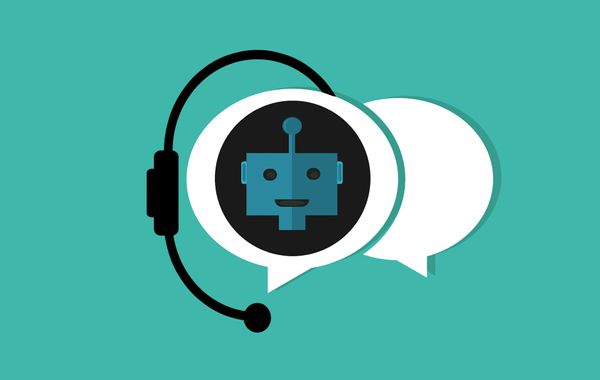

Think of bots in the simplest of terms - as digital puppets with invisible strings, programmed to perform specific tasks on social media platforms.
Bots can be benign, helping companies automate customer service or broadcast updates. But some bots have a darker purpose: They mimic human behavior to spread misinformation, manipulate opinions, or even steal personal data.
Often, bot accounts have strange or generic names, and their profile pictures can be stock photos or images grabbed from the web. They might use names common in other regions, such as African or Asian countries, that don't match the platform's primary language.
Bots usually communicate in language that feels artificial or awkward. They might post in your native language, but with errors and odd phrasings, as if it's been translated or is formulaic. Posts in English may have significant grammar or syntax errors.
Bots often respond instantly or at odd hours, contrary to human patterns. The "typing. " indicator may never appear or doesn't match the message length. Remember, bots don't need to type; they send.
Bots tend to create a sense of urgency. They might ask you to act immediately—click a link, share personal data, or make a payment—promising rewards or threatening consequences. Genuine organizations rarely create such pressure.
Examine their posts, likes and follows. If the account posts or likes content at an unnatural rate, it's probably a bot.
Bots often interact within a network. If many similar accounts share the same content or amplify each other's messages, they might be bots.
Third-party software solutions like Botometer analyze an account's behavior, network and other technical markers, scoring its likelihood of being a bot.
Exercise skepticism, especially with unsolicited messages or posts that seem too good (or bad) to be true.
If you spot a bot, report it to the platform and block the account to spare yourself future interactions.
Most social media platforms offer security features. Enable two-factor authentication, limit who can send you direct messages, and regularly review your privacy settings.
Specialized security solutions such as Bitdefender Ultimate Security can help you thwart botters’ attempts to compromise your safety.
Together, we can keep social media platforms safer. By spotting and reporting bots, we can help reduce their influence and protect ourselves and others. Always remember: When in doubt, don't click, share or engage.